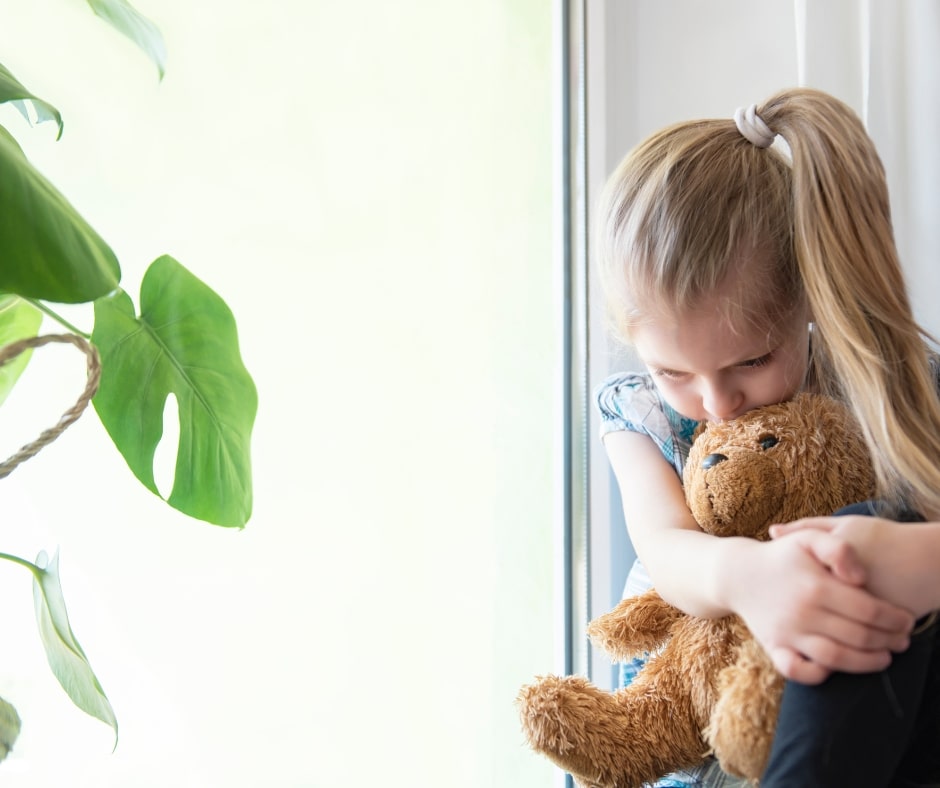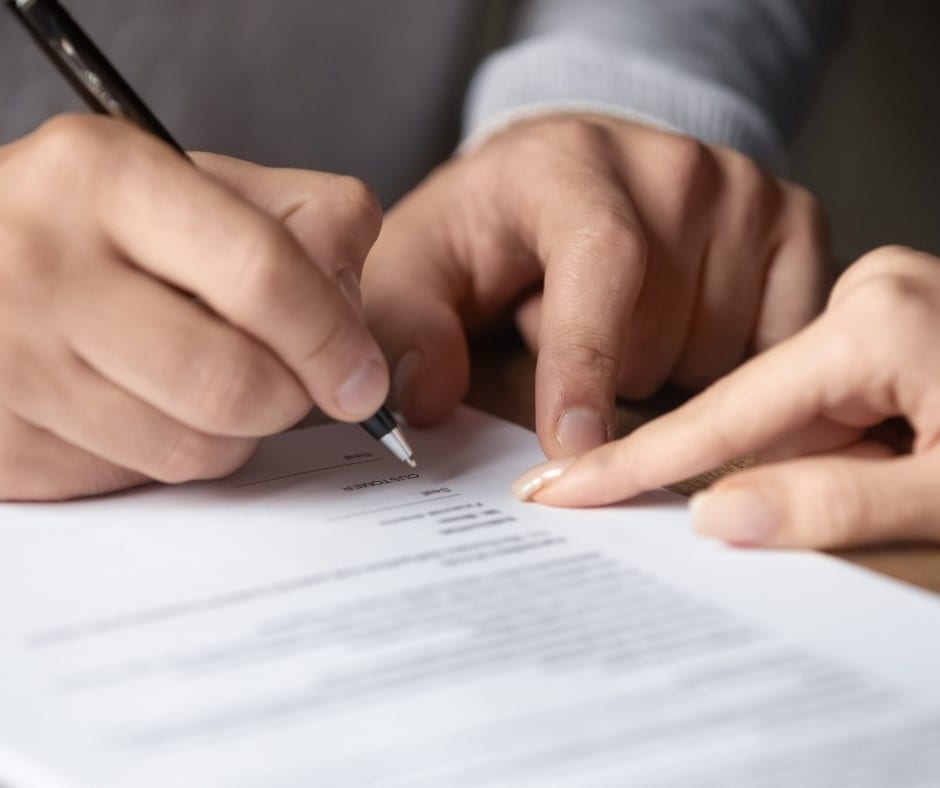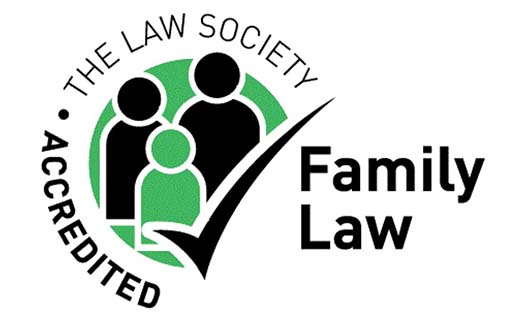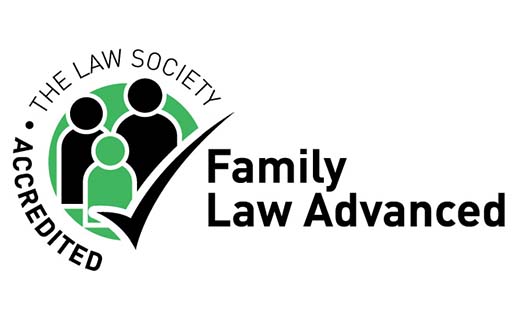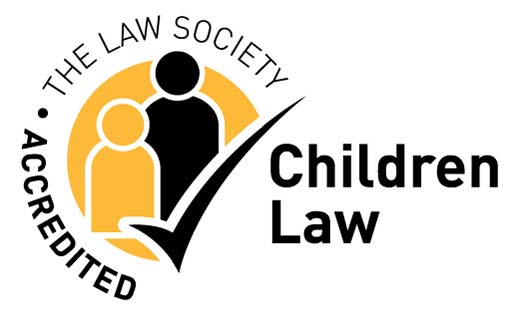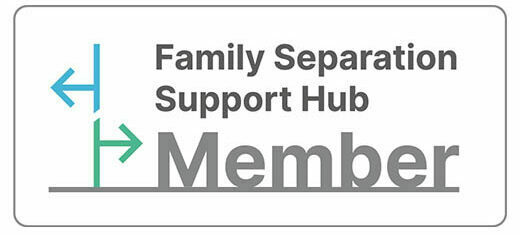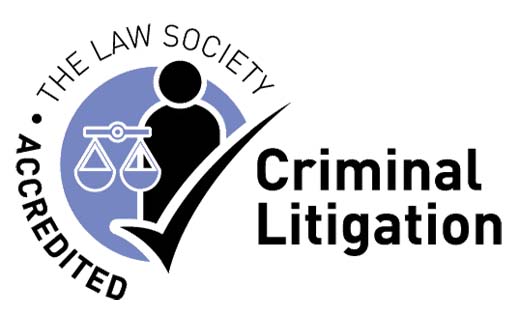According to figures released by Unicef to mark International Women’s Day 2024, up to 230 million girls and women worldwide have been subject to female genital mutilation (FGM). The majority of cases occur in African nations such as Kenya, Sierra Leone and Ethiopia (approximately 144 million women and girls), but notable numbers of victims are also found in Asia (80 million victims) and the Middle East (six million victims).
Described by ActionAid as a form of violence against women, progress against FGM is slow, with more and more women at risk each year due to growing population figures.
What is female genital mutilation (FGM), and what are its cultural and social contexts?
Female genital mutilation is sadly nothing new. Evidence has been found showing the practise dating back at least 2000 years, with ActionAid reporting that it is deeply enmeshed in the cultural, social, and political fabrics of many countries.
The World Health Organisation defines FGM as follows:
“Female genital mutilation (FGM) comprises all procedures that involve partial or total removal of the external female genitalia, or other injury to the female genital organs for non-medical reasons. The practice has no health benefits for girls and women and cause severe bleeding and problems urinating, and later cysts, infections, as well as complications in childbirth and increased risk of newborn deaths.”
While it isn’t specific to any one country, race of people or religion, many cultures share the belief that FGM should be carried out for hygiene purposes, as a religious requirement, to maintain a family’s honour or to aid in cleanliness.
Because it’s so prevalent, there can be a high degree of social and family pressure – within some communities, it is considered a rite of passage which prepares a girl for adulthood and marriage, discouraging pre-marital sex and encouraging marital fidelity. Failing to adhere to the social norm can raise fears of rejection and exclusion from the community.
Female genital mutilation is often carried out on young girls, with an increasing number being subjected to the practise even before their fifth birthday. However, this can be considered a form of violence and contravenes the human rights of children, with young girls not old enough to give their consent for FGM to be carried out on their bodies.
What are the 4 main types of FGM?
The four main types of female genital mutilation are:
- Clitoridectomy: The complete or partial removal of the external part of the clitoris.
- Excision: The complete or partial removal of the clitoris and labia.
- Infibulation: The narrowing of the vaginal opening, by repositioning the labia. This often involves cutting and then repositioning the labia to create a ‘seal’. This may also include the complete or partial removal of the clitoris.
- Other procedures: This covers all other harmful, non-medical procedures such as cauterisation or burning, piercing, incising, or pricking.
Each of these types of female genital mutilation is an act of violence against the woman or girl which infringes their human rights and violates their autonomy over their own body. The effects of FGM can be long-lasting, with both physical and mental consequences.
Immediate risks include severe pain, bleeding, and infection while longer term, those subject to FGM may also experience urinary problems, vaginal infections, painful scar tissue, pain during intercourse and childbirth, more dangerous labour and a higher risk of infant mortality, depression, anxiety and PTSD.
How can communities, governments, and NGOs work together to eradicate FGM and support affected individuals?
Work has been ongoing for several decades to eradiate FGM. It is illegal in many countries, including the UK, but is still practised. According to Unicef, FGM isn’t becoming more commonplace but the number of girls at risk is growing because of population increases.
There are a range of possible measures and interventions which could safeguard the millions of young women and girls who are still at risk of FGM. Unicef says that countries and communities must work together to end discrimination and violence against women. It suggests that the rights of women and girls must be better protected in law, that more programs for women be developed in areas where instances of FGM are high and that efforts are increased to track cases with more detailed data.
A number of organisations, including ActionAid, have taken other measures. They work with girls who have been subjected to FGM to provide direct support to the individuals impacted.
Working with communities to provide education and resources can also grow awareness and understanding around the longer term health implications of FGM.
Youth groups which work with both girls and boys can help to address issues of inequality at a grassroots level, while also promoting the idea that men can speak out for women’s rights.
Increasing reporting capabilities and working directly with doctors and other community leaders have also been suggested to bring an end to FGM.
If you’re concerned about FGM, you can contact our team in confidence. Please call us on 020 3601 5051.

